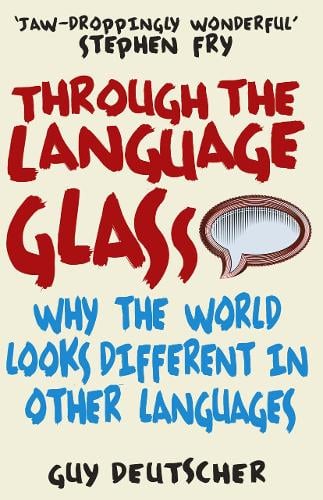Through the Language Glass explores the fascinating relationship between language and thought, challenging the traditional Sapir-Whorf hypothesis. The book presents compelling evidence that language shapes our perception of the world, offering a fresh perspective on how we understand reality.
Through the Language Glass delves into the intricate connection between language and cognition, presenting a nuanced view of how language influences our thoughts and perceptions. The author challenges the Sapir-Whorf hypothesis, which suggests that language determines the range of thought, and instead proposes a more dynamic interaction between language and thought. This book is a must-read for anyone interested in linguistics, psychology, or the nature of human cognition. The arguments are well-supported by various examples and studies, making it both informative and engaging. However, some readers might find the dense academic language a bit challenging, but the insights gained are well worth the effort.
Quick quotes
The way we talk about the world shapes the way we think about it.
Language is not just a tool for communication; it is a lens through which we perceive reality.
The evidence suggests that language and thought are deeply intertwined, influencing each other in complex ways.
